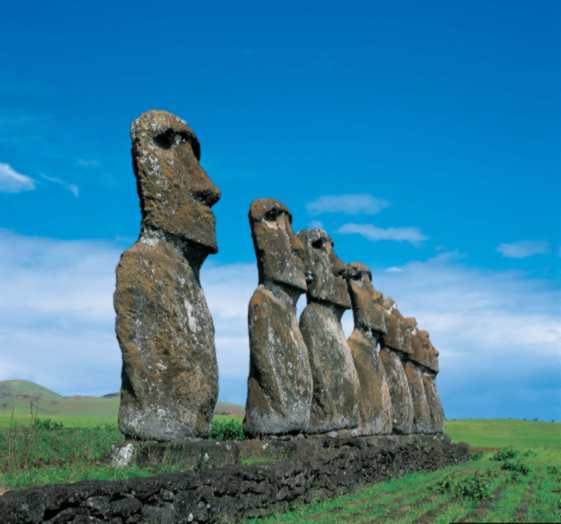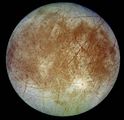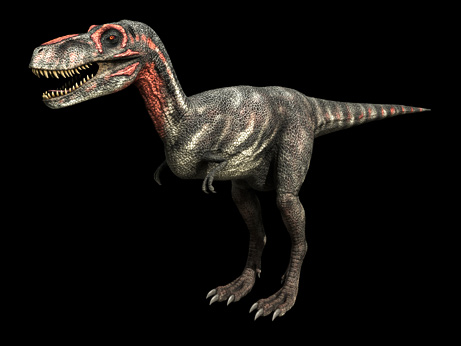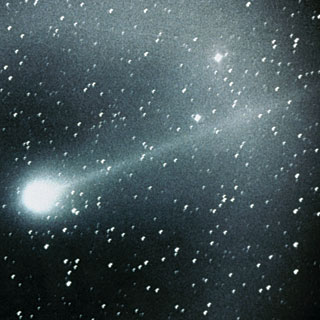
© Unknown
Stepping off the plane, tourists are welcomed to Easter Island with a garland of flowers. They find themselves on a tiny dot in the Pacific Ocean, 3,700 kilometres west of Chile, to which the island belongs, and 2,000 kilometres east of Pitcairn Island. All around are the white-flecked waves of the Pacific. "What perfect peace," exclaimed Thor Heyerdahl, a Norwegian explorer when he arrived in the mid-1950s.
He might not say so today. Some 70,000 visitors now arrive each year, up from just 14,000 in the mid-1990s. Apart from the island's utter remoteness, what attracts the tourists are the moai, the mysterious giant stone statues erected by the ancestors of the indigenous Rapa Nui people. They are a testament to a complex society of up to 20,000 people that later shrank to a shadow as a result of calamitous environmental stress and deforestation, a cautionary tale narrated in
Collapse, a book by Jared Diamond, a polymath at the University of California.
Today, Easter Island once again faces environmental threats. Food comes from Chile, either by ship or on the seven weekly flights from Santiago (there are also two from Tahiti). The visitors "all pull the chain," Luz Zasso, the mayor, notes acidly. The absence of a sewage system is threatening the cleanliness of the island's underground water sources. But it would be hard to install one without damaging archaeological sites. Electricity comes from diesel-powered generators. Power cuts are frequent. Trash is piling up.



